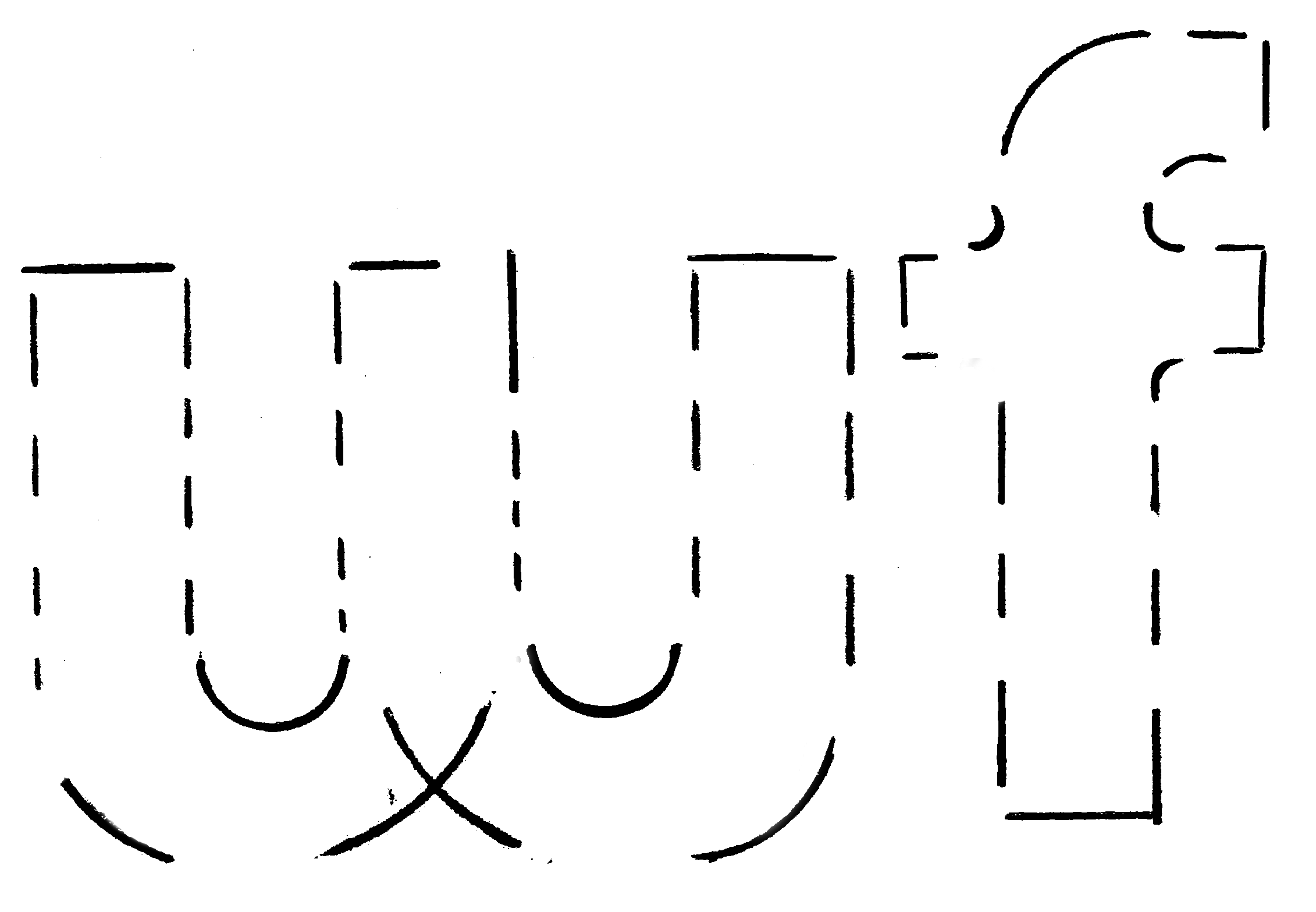Lovers’ Wind
Sep 14 — Nov 23, 2024
Description:
Lovers’ Wind is a multi-channel video installation by the Toronto-based artists Parastoo Anoushahpour, Faraz Anoushahpour, and Ryan Ferko. Together, their collaborative filmmaking practice engages speculation, historical fiction, and documentation to excavate existing narratives and uncover the power relations and subjectivities shaped by them.Developed over three years of archival and community research, the exhibition circles around the story of the French filmmaker Albert Lamorisse and his last film, Bād-e Sabā (The Lovers’ Wind) (1978). Commissioned by the Imperial State of Iran to document the country’s history and modernization, Lamorisse’s film was largely shot from a helicopter to produce sweeping views of Iran’s natural and built environments, and narrated by a voiceover personifying its winds. Unhappy with the original edit, the monarch Mohammad Reza Shah Pahlavi requested Lamorisse return to film additional sequences emphasizing the industrialization of Iran, which ultimately led to the filmmaker’s death in 1970 when his helicopter crashed at Karaj Dam near Tehran during production.
Created a half-century later, Parastoo Anoushahpour, Faraz Anoushahpour, and Ryan Ferko’s exhibition both continues and deconstructs Lamorisse’s project. In the central work, Lovers’ Wind (2024), material drawn from Bād-e Sabā and autobiographical details from Lamorisse’s life are directly sampled and restaged alongside new footage showing both candid and scripted encounters in Iran, Tunisia, and Canada. Unfolding across a large vertical projection and multiple TV screens of varying scales, Lovers’ Wind mediates imagination, memory, and legacy while challenging the authorial voice of documentary filmmaking.
In the accompanying single-channel video work Postscript (2024), a phone call with an archivist at the National Film Archive of Iran scores a slowed-down version of a short film made by the Ministry of Art and Culture from Lamorisse’s final images of Karaj Dam. Recovered from the site of the crash, this footage was released as a companion piece alongside the final version of Bād-e Sabā posthumously completed a year before the Iranian Revolution. Across the conversation, the archivist speculates about the circumstances surrounding Lamorisse’s film, revealing the always incomplete and fraught nature of the historical record and the stories they tell.
Lovers’ Wind and Postscript played simultaneously, and each had a runtime of thirty-seven minutes. The exhibition also featured two CRT monitors that displayed digital scans of Ahmad Azadfar’s dissertation Dams of Iran (From Ancient Times to Now) completed in the Department of History and Geography at the University of Tehran in 1961–62, and a three-minute video of a live performance on ney by Kahveh in Toronto’s Spadina Subway Station.
The exhibition was accompanied by an essay by Minh Nguyen.
Lovers’ Wind was commissioned by Mercer Union, Toronto, 2024, and originally curated by Aamna Muzaffar.
Documents:
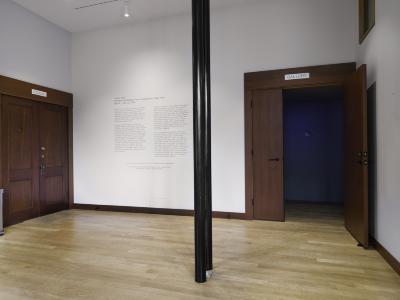
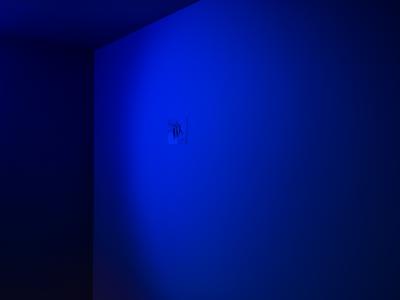
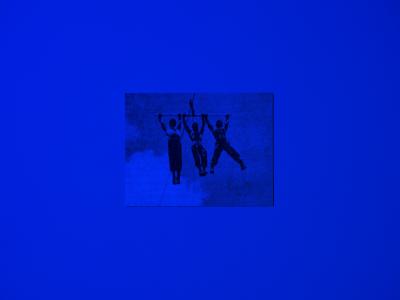
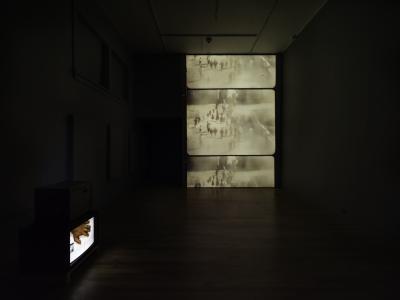
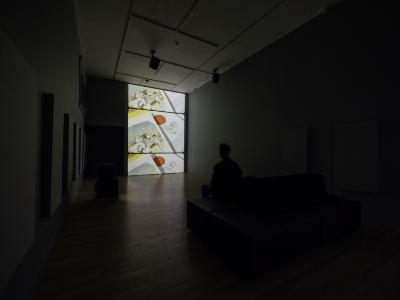
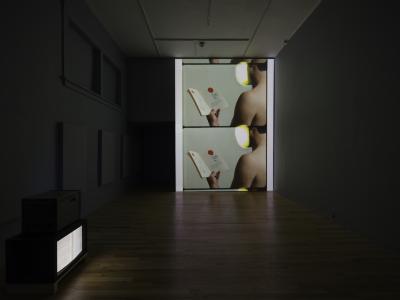
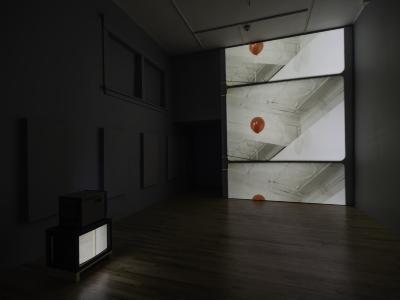
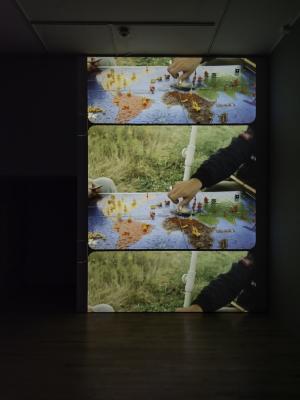
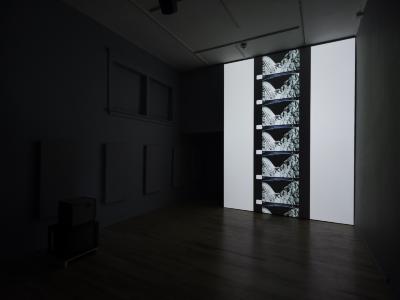
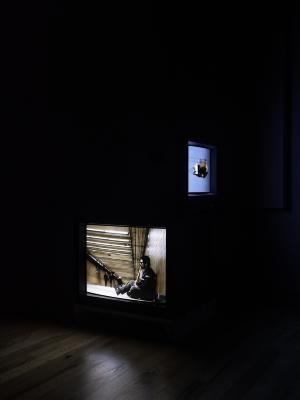
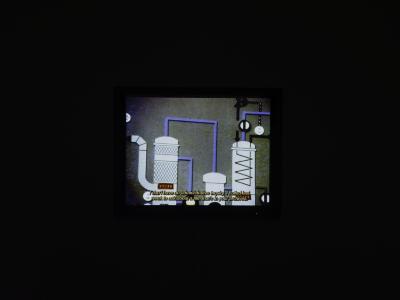
Captions:
- Parastoo Anoushahpour, Faraz Anoushahpour, Ryan Ferko: Lovers’ Wind, installation view, Sep 14 – Nov 23, 2024. 1 min. 47 sec. Camera by Ben Wilson.
- Parastoo Anoushahpour, Faraz Anoushahpour, Ryan Ferko: Lovers’ Wind, installation view, Sep 14 – Nov 23, 2024. Photo by Dennis Ha.
- Parastoo Anoushahpour, Faraz Anoushahpour, Ryan Ferko: Lovers’ Wind, installation view, Sep 14 – Nov 23, 2024. Photo by Dennis Ha.
- Parastoo Anoushahpour, Faraz Anoushahpour, Ryan Ferko: Lovers’ Wind, installation view, Sep 14 – Nov 23, 2024. Photo by Dennis Ha.
- Parastoo Anoushahpour, Faraz Anoushahpour, Ryan Ferko: Lovers’ Wind, installation view, Sep 14 – Nov 23, 2024. Photo by Dennis Ha.
- Parastoo Anoushahpour, Faraz Anoushahpour, Ryan Ferko: Lovers’ Wind, installation view, Sep 14 – Nov 23, 2024. Photo by Dennis Ha.
- Parastoo Anoushahpour, Faraz Anoushahpour, Ryan Ferko: Lovers’ Wind, installation view, Sep 14 – Nov 23, 2024. Photo by Dennis Ha.
- Parastoo Anoushahpour, Faraz Anoushahpour, Ryan Ferko: Lovers’ Wind, installation view, Sep 14 – Nov 23, 2024. Photo by Dennis Ha.
- Parastoo Anoushahpour, Faraz Anoushahpour, Ryan Ferko: Lovers’ Wind, installation view, Sep 14 – Nov 23, 2024. Photo by Dennis Ha.
- Parastoo Anoushahpour, Faraz Anoushahpour, Ryan Ferko: Lovers’ Wind, installation view, Sep 14 – Nov 23, 2024. Photo by Dennis Ha.
- Parastoo Anoushahpour, Faraz Anoushahpour, Ryan Ferko: Lovers’ Wind, installation view, Sep 14 – Nov 23, 2024. Photo by Dennis Ha.
- Parastoo Anoushahpour, Faraz Anoushahpour, Ryan Ferko: Lovers’ Wind, installation view, Sep 14 – Nov 23, 2024. Photo by Dennis Ha.
